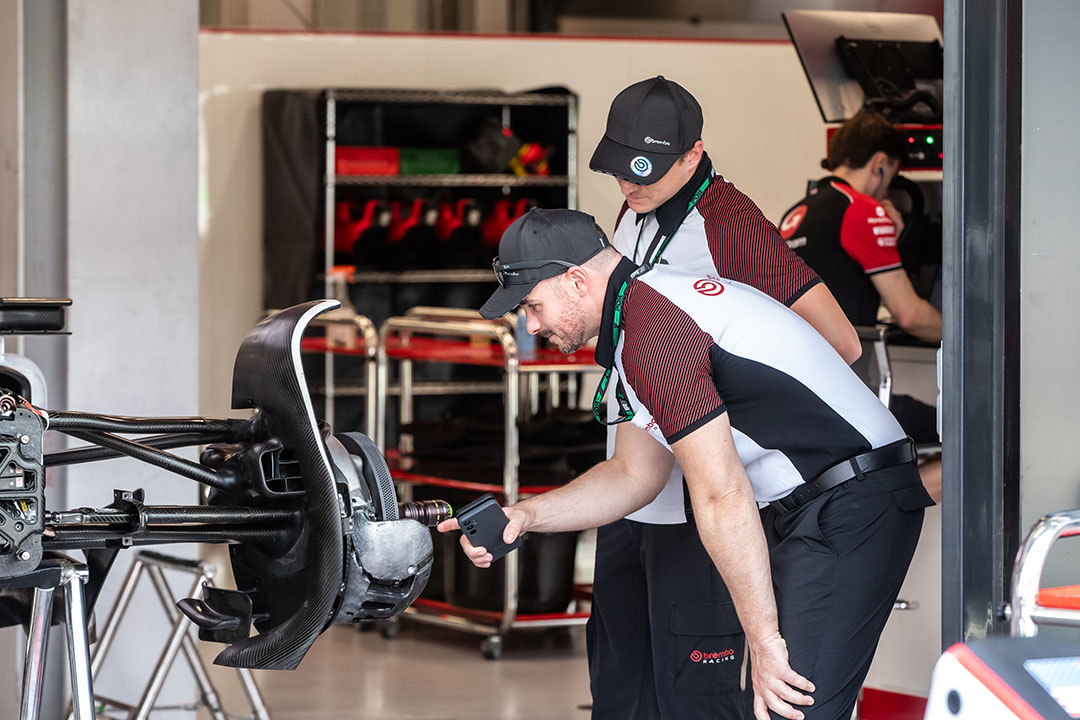
Brembo
@brembobrakes
Brembo is the world leader in the design, development and production of braking system and components for car, motorbikes, and industrial vehicles.
ID: 26024131
https://www.brembo.com/en/ 23-03-2009 15:41:10
21,21K Tweet
33,33K Followers
1,1K Following







































